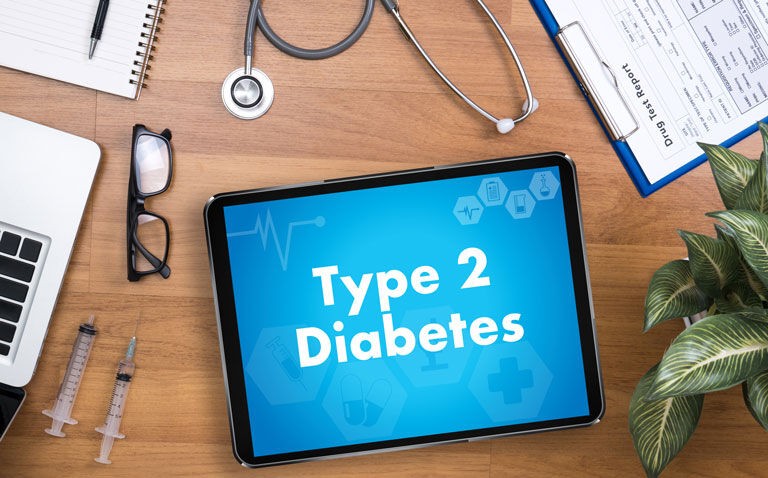A diabetic screening program within an emergency department enabled identification of patients with both prediabetes and undiagnosed disease
A pilot study undertaken within a Chicago hospital emergency department could pave the way for the widespread development of diabetic screening programs.
It has been estimated that globally, approximately 415 million are living with diabetes yet an estimated 46% of those with the condition are undiagnosed. Although an emergency department is designed to provide critical access to healthcare, it also provides an opportunity to identify and subsequently link patients to other services. For example, screening services within an emergency department (ED) have previously been established for HIV as well as for substance use disorders. In addition, one 2016 Australian study that involved routine ED testing of HbA1c in an area with a known high prevalence of diabetes, concluded that such an initiative was a feasible way to identify those with undiagnosed disease and provided an opportunity to improve patient care. Moreover, it has become recognised, particularly in the US, that ethnic minorities and low-income adults are disproportionately affected by diabetes with a resultant increased risk of both diabetic complications and mortality. As a result, in the current study, researchers examined whether a pilot diabetic screening program performed within an ED, might enable the identification of the condition, especially among those of ethnic minorities.
The researchers made use of a best practice alert built into the electronic medical record which flagged ED patients who were at risk of diabetes, i.e., patients aged 45 years and older or 18 to 44 year olds with a recorded body mass index of 25 or greater, without a recorded history of diabetes or a HbA1c measurement within the last 3 years. The team then attempted to contact all potentially eligible patients.
Diabetic screening program and diabetes detection
A total of 352 eligible individuals with a mean age of 52.2 years (54.5% female) were identified. Among the cohort, 264 were diagnosed with prediabetes (a HbA1c level of 5.7 to 6.4%) and 88 diabetes (HbA1c > 6.5%). Among those with diabetes, 62 had severe disease (HbA1c > 10%) and nearly two-thirds of patients (64.8%) were non-Hispanic Black or of unknown ethnicity and 19.6% were Hispanic. Interestingly, among the entire cohort, 74.7% had no prior diagnosis of either prediabetes or diabetes.
While the researchers were able to successfully identify patients with undiagnosed diabetes, particularly among ethnic minorities, questions remained as to the value of undertaking diabetic screening within an ED in other areas and whether such an initiative would prove to be cost-effective.
Citation
Danielson KK et al. Prevalence of Undiagnosed Diabetes Identified by a Novel Electronic Medical Record Diabetes Screening Program in an Urban Emergency Department in the US. JAMA Netw Open 2023.










